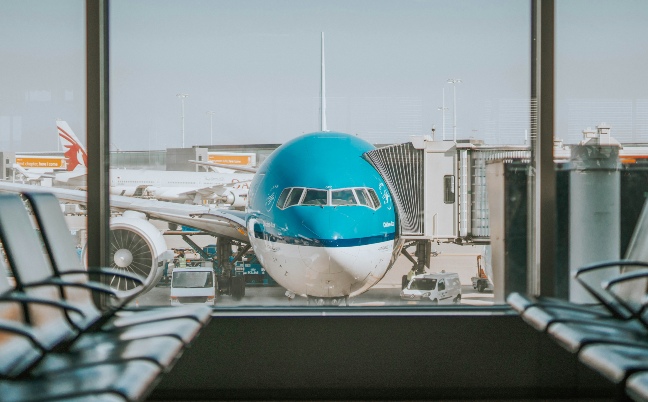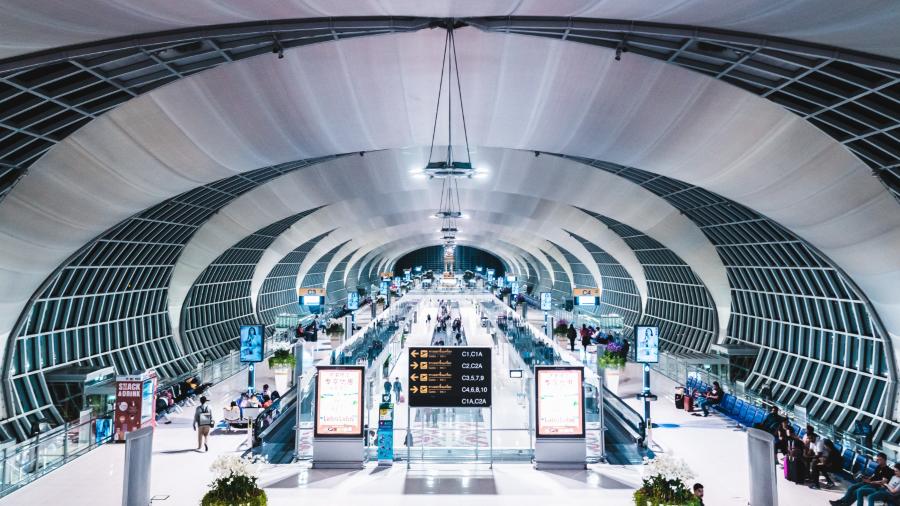As the aviation industry in Asia takes flight, it is crucial to understand the key trends shaping its trajectory in 2024. Understanding these developments will be critical to 1) the success and strategic decisions of parties interested in the industry and 2) the overall success of aviation in Asia, as understanding related implications will provide nuanced insight into how to navigate the market properly in the coming years.
Increased Demand for Air Passenger and Cargo in Asia
As reported by Boeing, the South Asia market is projected to become the fastest-growing commercial aviation market in the next two decades, quadrupling its aviation capacity and boasting more than 8% annual growth. The IATA reported an 8.3% surge in air cargo demand, the most substantial increase in almost two years. The aerospace market’s growth in Asia aligns with significant airport development and expansions across Asia, specifically in Thailand, Cambodia, and Vietnam.
Similarly, the air cargo segment is also experiencing a significant upward trend (+8.9% since October), where growth is likely bolstered due to rising e-commerce demand and delivery of goods from China to Western markets. Seasonal events, like the Chinese Lunar New Year, will also play a role in growing Asia’s aviation industry, as these events will help increase air cargo and passenger demand. Similarly, popular travel destinations, such as Japan, South Korea, and Southeast Asian countries, will likely see a spike in demand.
Asian Airport Development
To further enhance success, Asian aviation stakeholders can adopt best practices observed in successful cases. For airlines, practices include network optimization, digital transformation, fleet modernization, and strategic partnerships. Best practices like capacity expansion, smart airport initiatives, sustainability focus, and passenger-centric services are seen in Changi Airport, Hong Kong International Airport, Bangalore International Airport, and Incheon International Airport, respectively.
In the MRO (maintenance, repair, operations) sector, practices like specialization, digitalization, regional expansion, and talent development, illustrated by ST Engineering, Safran Aircraft Engines, Lufthansa Technik, and Boeing, respectively, can enhance service quality and competitiveness. Ground handling and logistics services can adopt technology adoption, value-added services, strategic partnerships, and sustainability initiatives, as demonstrated by established players, like SATS, DHL Global Forwarding, FedEx, and dnata, respectively, to streamline operations and reduce environmental impact.
India‘s Flight Boom
India, the third-largest and fastest-growing aviation market, showcases recovery with a doubled airport count from 74 to 141 in the last eight years. Despite having only one-fifth the size of China’s aircraft fleet, India’s government strategically advances the industry through eased regulations, reduced taxes, and substantial investments in airport modernization. Further, airlines are also driving recovery via demand stimulation (fare discounts, regional connectivity, collaboration with tourism boards, and enhanced digital presence) and internal optimization (cost control, network rationalization, ancillary revenue, strategic partnerships, and technological innovation).
The Indian aviation industry is fueled by a rising middle class, government support, and fierce competition. India’s government has been promoting the industry's growth with the National Civil Aviation Policy 2016, which encourages the accessibility and efficiency of the aviation sector. This is further supported by subsidies and tax breaks. These initiatives create diverse investment opportunities in airports, airlines, MRO services, cargo, drone tech, and sustainability, among many other closely related sectors.
Early movers can capitalize on high-growth potential but face challenges like competition, infrastructure bottlenecks, and talent gaps.
Investors can strategically address the challenges faced by the Indian aviation industry through targeted initiatives. To tackle infrastructure bottlenecks, partnering with the government or engaging in public-private partnerships (PPPs) to build new airports or expand existing ones, especially in smaller cities and underserved regions, is essential.
Exploring innovative solutions, such as investing in companies developing technologies like vertical take-off and landing (VTOL) vehicles or urban air mobility (UAM) solutions, can alleviate congestion at existing airports. Furthermore, endorsing consolidation through investments in mergers and acquisitions can create larger, more competitive airlines with economies of scale.
Addressing the talent gap involves partnering with educational institutions to fund vocational training programs and skill development initiatives in collaboration with aviation colleges and universities. Encouraging investments in attracting international talent by offering competitive salaries and benefits can contribute to the industry's skill pool.
Sustainability in the Aviation Industry
As Asian aviation takes flight, promising advancements in electric and hydrogen aircraft hold long-term opportunities, biofuels offer near-term solutions with existing engines.
Airlines like IndiGo embrace biofuels, while others tackle emissions through diverse avenues: Airbus develops hydrogen planes, Heart Aerospace electrifies short journeys, SpiceJet upgrades to fuel-efficient models, Cathay Pacific optimizes flight paths, SATS employs electric ground equipment, and initiatives like carbon offsetting platforms and direct air capture emerge. Industry-wide collaboration through IATA's 2030 Commitment and India's CORSIA adoption solidify this commitment.
From the upswing in air cargo demand to the aviation boom in Southeast Asia, India’s leadership role, and the industry’s commitment to sustainability, the trajectory is clear — Asia’s aviation sector is on a steady soaring, offering opportunities and challenges that airlines and stakeholders must navigate with strategic foresight.
To get insight into other industries and the relevant trends that stakeholders should capitalize on, subscribe to our newsletter hereand check out these reports:







